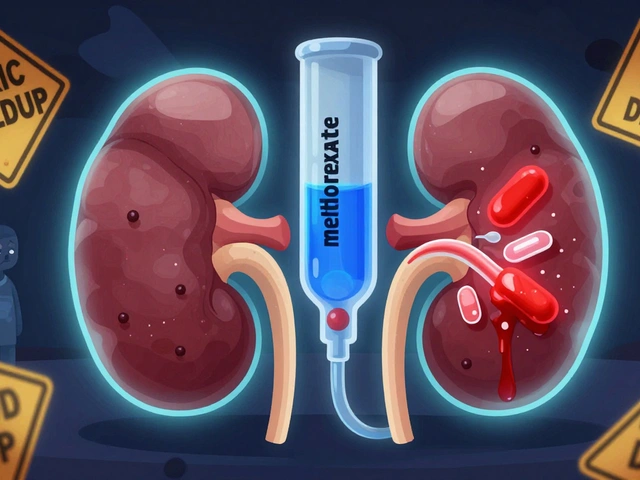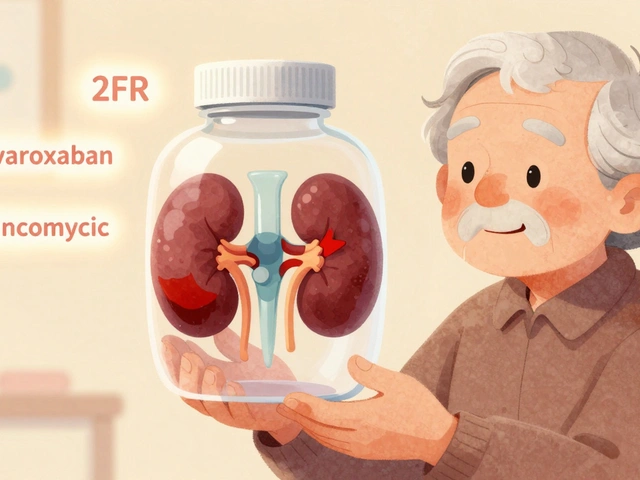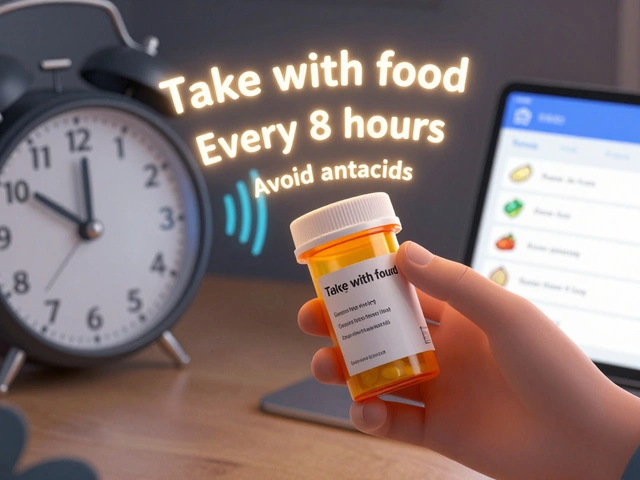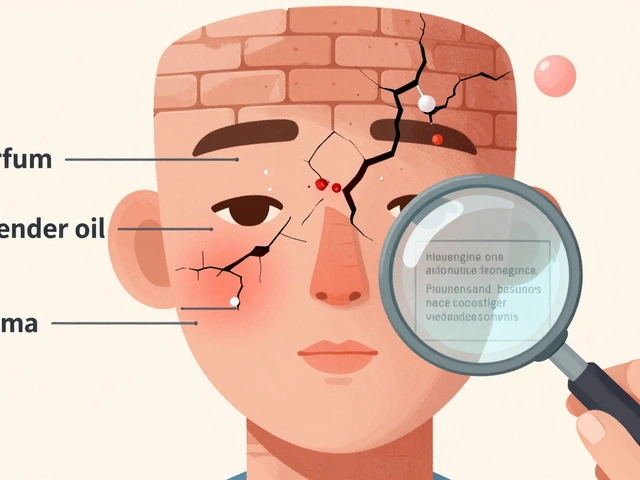Norvasc: What It Is, How It Works, and What to Watch For
When working with Norvasc, a brand name for the calcium‑channel blocker amlodipine used to treat high blood pressure and chest pain. Also known as Amlodipine, it relaxes the smooth muscles in blood vessel walls, helping them stay open and reducing the heart's workload.
The active ingredient Amlodipine, the generic counterpart of Norvasc belongs to the Calcium Channel Blocker, a class of drugs that lower blood pressure by preventing calcium from entering heart and arterial cells. This class works hand‑in‑hand with the condition Hypertension, a chronic elevation of arterial pressure that raises the risk of heart attack, stroke, and kidney damage. In simple terms, Norvasc targets hypertension, which in turn helps protect the cardiovascular system.
Key Facts and Practical Tips
Understanding how Norvasc fits into a treatment plan starts with three core ideas: dosage, side effects, and alternatives. The usual adult dose ranges from 5 mg to 10 mg once daily, but doctors may adjust based on age, kidney function, or other meds. Common side effects include mild swelling of the ankles, headache, and a flushed feeling – signs that blood vessels are indeed widening. Rarely, patients report rapid heartbeats or severe dizziness; those should trigger an immediate call to a healthcare professional.
Because Norvasc is a calcium channel blocker, it interacts predictably with other cardiovascular drugs. For instance, combining it with a high‑dose ACE inhibitor can sometimes cause too‑low blood pressure. Staying aware of drug‑drug interactions is a must, especially if you’re also on a statin or a diuretic. Monitoring blood pressure at home, keeping a diary of any new symptoms, and discussing dosage tweaks with your doctor keeps the therapy safe and effective.
When it comes to alternatives, several other calcium channel blockers – such as felodipine or nifedipine – offer similar blood‑pressure control. Some patients switch to a generic version of amlodipine to lower costs without changing the therapeutic effect. Others might need a different class altogether, like an ARB (angiotensin II receptor blocker) or a beta‑blocker, depending on co‑existing conditions like diabetes or heart failure.
The articles below dive deeper into these topics. You’ll find step‑by‑step guides on buying cheap generic medications safely, side‑by‑side comparisons of blood‑pressure drugs, and practical advice on managing side effects. Whether you’re looking for dosage charts, cost‑saving tips, or a clear picture of how Norvasc stacks up against other treatments, the collection is built to give you actionable insight without the jargon.
Ready to explore the full range of information? Scroll down to discover detailed posts that cover everything from safe online pharmacy practices to in‑depth medication comparisons, all centered around the heart‑health themes linked to Norvasc.

Norvasc (Amlodipine) vs. Common Blood Pressure Alternatives - Full Comparison
A detailed side‑by‑side look at Norvasc (amlodipine) and its most popular alternatives, covering efficacy, dosing, side effects, and drug interactions in plain language.
read more




